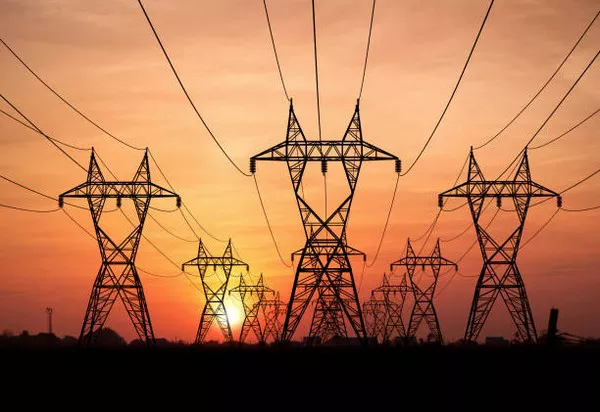Researchers are poised to revolutionize energy generation at the Amundsen-Scott South Pole Station with a specialized hybrid renewable energy system designed to meet the unique demands of its isolated location and extreme climate.
Innovative Energy Solution for Harsh Conditions
The proposed multi-resource renewable energy system aims to power sophisticated physics experiments at one of the Earth’s most extreme environments. The installation must endure severe winters, subzero temperatures, and the dry climate at 9,000 feet above sea level. Commercial renewable energy equipment typically cannot withstand the station’s average annual temperature of -56°F, nor the record low of -117°F. Additionally, the station is situated on a 1.7-mile-thick ice sheet that shifts by 33 feet annually, complicating installation.
Despite these challenges, researchers from the National Renewable Energy Laboratory (NREL) and Argonne National Laboratory believe a cost-effective solution is feasible. Their recent analysis recommends integrating 180 kW solar photovoltaic (PV) panels, six 100 kW wind turbines, and a 180 kW / 3.4 MWh lithium-ion battery energy storage system (BESS) with the current diesel generators. This system could reduce diesel consumption by 95% and prevent 1,200 metric tons of carbon emissions annually. The next phase involves testing viable plant designs.
Meeting the Station’s Unique Power Needs
The National Science Foundation (NSF) manages the South Pole Station, which supports high-energy astrophysics projects utilizing advanced equipment like neutrino sensors and cosmic microwave background telescopes. Presently, the station relies on three diesel-fired generators, each rated at 750 kW, and a peaking unit of 239 kW. Although the plant has a 1 MW maximum capacity, the average power consumption is approximately 600 kW.
The station’s infrastructure includes underground utility lines installed since 1974. The NSF’s master plan seeks to minimize utility runs, reduce diesel dependence, implement remote energy monitoring, and adopt low-energy technologies like LED lights and high-efficiency appliances.
Economic and Logistical Considerations
The NSF’s plan is driven by high energy costs and logistical challenges. The levelized cost of energy from diesel is $4.09 per kWh, compared to $0.23 for solar and $0.33 for wind. Fuel transport is a significant issue, with the station needing to maintain operations from February to November without resupply. Annually, 300,000 gallons of fuel are transported overland, with another 150,000 gallons delivered by air.
A hybrid system combining solar, wind, and storage would save $57 million in fuel costs over 15 years, despite requiring a $9.7 million capital investment, which would be recouped within two years.
Solar and Wind Energy Integration
The South Pole benefits from 24 hours of sunlight in the austral summer, but the low sun angle poses challenges. The proposed solution involves a four-directional, bifacial solar array with vertically-oriented modules to avoid snow drifts. The Longi monocrystalline bifacial module is recommended, arranged in four compass-oriented subarrays to maximize solar radiation capture.
Wind energy is abundant, though design must account for winter storms and ice accumulation on blades. The researchers propose six turbines totaling 570 kW, with ice-anchored foundations to stabilize them on the shifting ice sheet. While small-scale wind turbines have been used for research, this larger-scale deployment requires robust design to withstand subzero temperatures and prevent electromagnetic interference with sensitive experiments.
Energy Storage Challenges
Energy storage must be efficient and resilient in extreme conditions. Lithium-ion batteries, with their higher energy density and 85–90% round-trip efficiency, are preferred over long-duration energy storage (LDES) technologies. However, lithium-ion batteries face challenges like high capital costs, short life cycles, and flammability concerns.
The researchers plan to monitor emerging non-flammable storage technologies and nascent LDES tech suitable for the South Pole Station.
Conclusion
The hybrid renewable energy system proposed for the South Pole Station holds promise for drastically reducing diesel dependency and carbon emissions while overcoming the logistical and environmental challenges of operating in one of the world’s most inhospitable locations.

